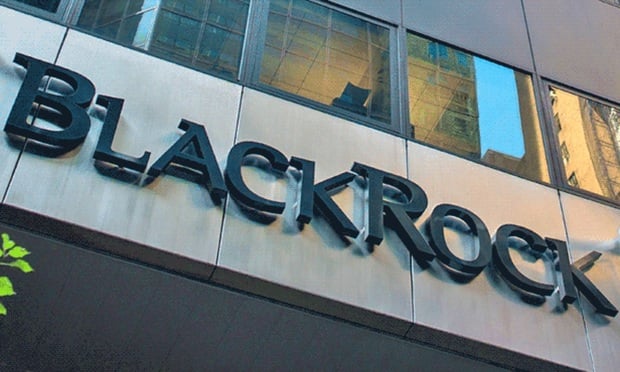While it’s pretty common for retirement plans to be audited, they don’t face all that many lawsuits.
Related: Advice vs. education: 4 things plan sponsors must monitor under the DOL fiduciary rule
That’s according to the “2016 Retirement Plan Governance Survey Report” from Willis Towers Watson, which found that very few respondents, approximately 2 percent, have faced issues with fee and stock-drop lawsuits over the past two years.
However, almost a third (31 percent) of plan sponsors indicated that their retirement plans were audited by the IRS or the U.S. Department of Labor — a “staggering” number over the past two years.
Related: 4 guiding principles for fiduciaries
Sponsors that manage open defined benefit plans were almost twice as likely to be audited as those that manage only a defined contributed plan. Only 22 percent of employers with only a defined contributed plan report that they faced an audit, in contrast with 38 percent of those with open defined benefit plans. Roughly a third of sponsors with closed (30 percent) and frozen (33 percent) defined benefit plans also report being audited.
Larger companies, in terms of the number of employees, were most likely to face a government audit. Approximately half (47 percent) of plan sponsors with at least 25,000 employees report being audited.
While regulatory concerns were one of the three trends emerging from the survey — not surprising, considering the number of audits — the other two matters that were top of mind for respondents were a rising concern over retirement benefit adequacy and financial well-being and the use of third parties to assist with investment-related activities.
Survey participants consisted of more than 300 retirement sponsors representing a range of industries, including energy, financial services, health care, insurance, manufacturing, retail, technology and utilities. Their concerns about risk vary by plan offering — and include not just retirement readiness (58 percent of sponsors that have never offered a defined benefit plan indicate that retirement readiness is their top risk, in contrast to 39 percent of all respondents), but also investment volatility, retirement benefit costs and vendor service quality.
Fifty-eight percent of sponsors with an open defined benefit plan cite investment volatility as a top concern, while 52 percent of respondents that sponsor only a defined contribution plan state investment volatility as a top risk.
Thirty-three percent of sponsors with only a defined contribution plan regard costs as a top risk, as opposed to 59 percent of those with active defined contribution and defined benefit plans, 53 percent of those with a defined contribution plan and an inactive defined benefit plan, and 49 percent of all respondents.
Vendor service quality is a higher concern for those that manage only a defined contibution plan, with over a third (34 percent) in this group citing this issue as a key concern versus only 13 percent of sponsors with active defined benefit and defined contribution plans, and 22 percent of sponsors with a defined contribution plan and an inactive defined benefit plan.
© Touchpoint Markets, All Rights Reserved. Request academic re-use from www.copyright.com. All other uses, submit a request to [email protected]. For more inforrmation visit Asset & Logo Licensing.






